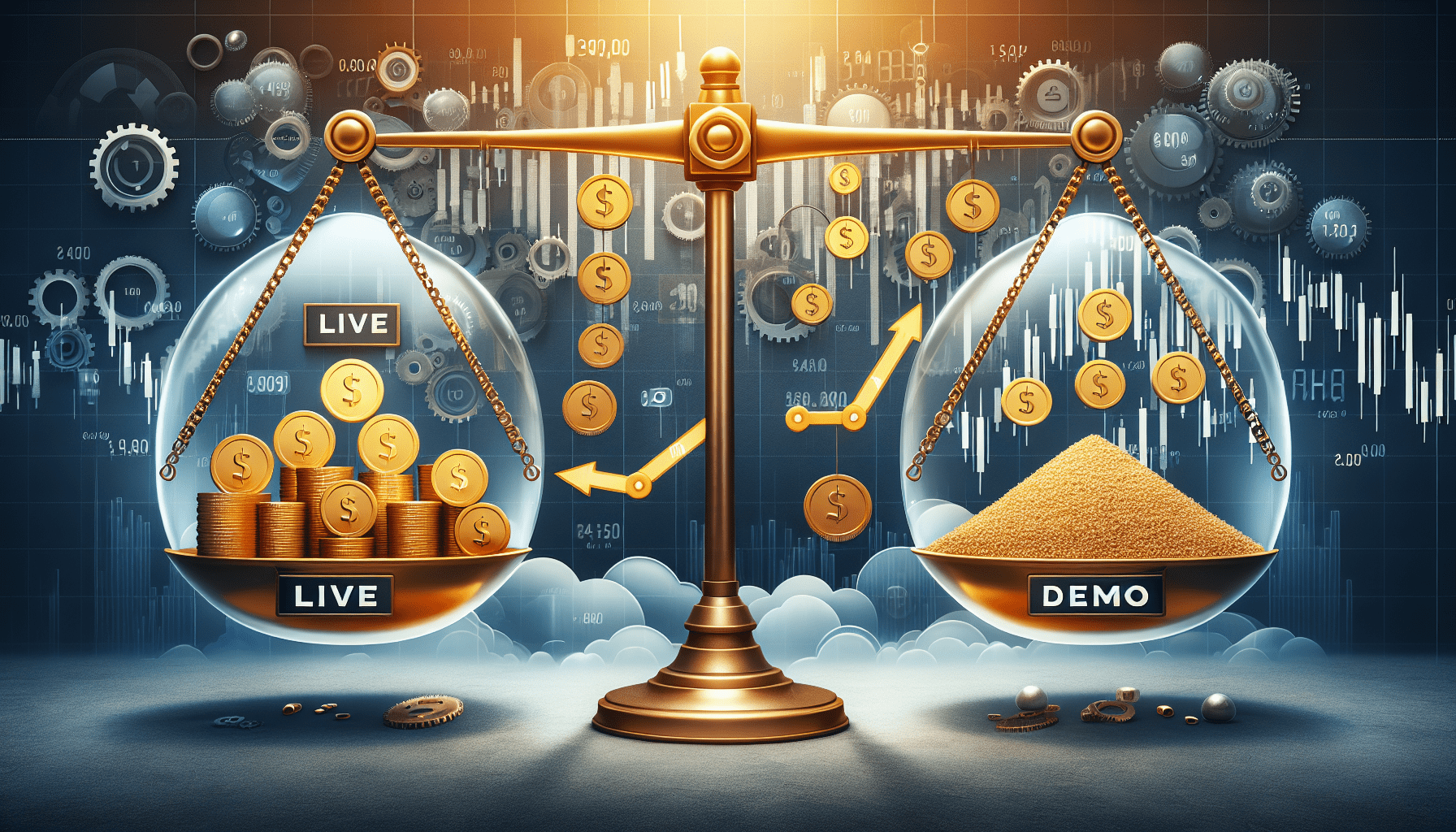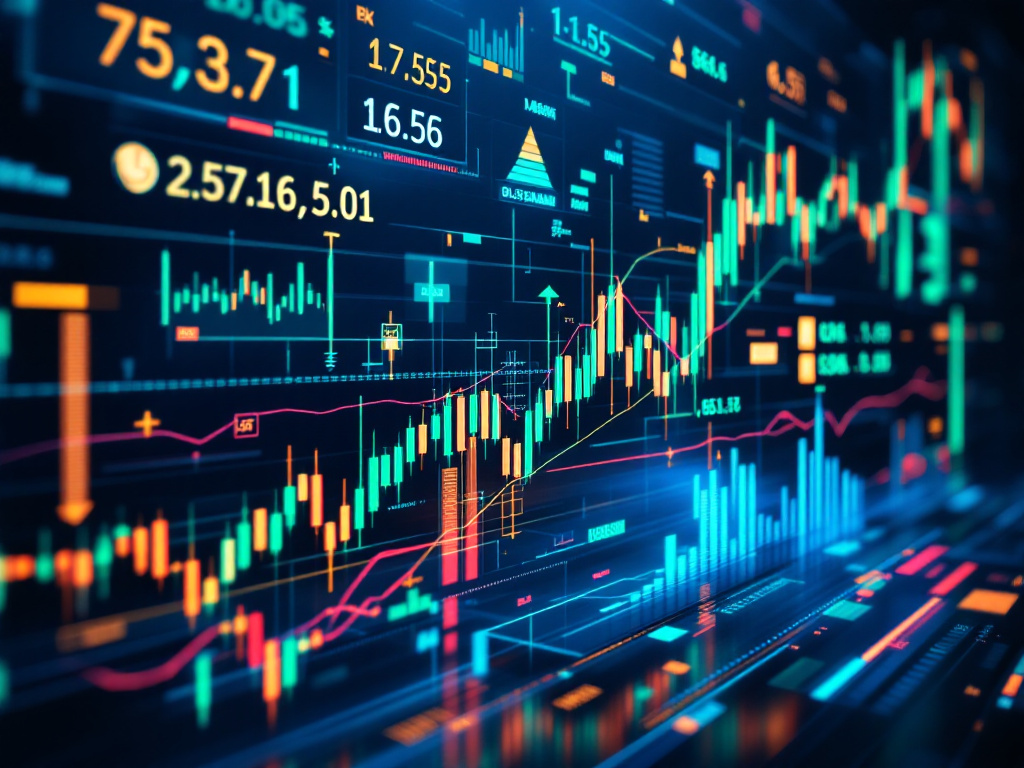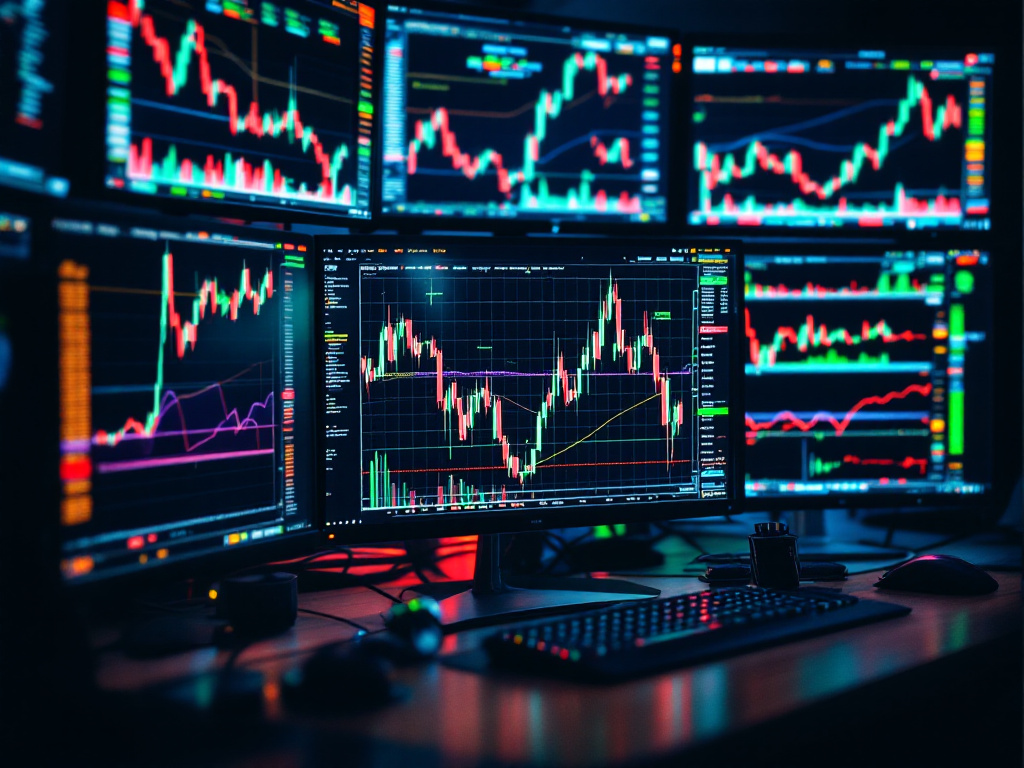Live vs Demo Trading: Your Ultimate Guide
The world of trading can offer both challenges and opportunities. With the rapid evolution of technology, traders now have access to two primary types of trading environments: live trading and demo trading. In this guide, we will explore every facet of live vs demo trading, providing you with the knowledge you need to decide which trading method best suits your objectives. Whether you are a beginner seeking safe practice or a seasoned trader pursuing real profits, understanding the differences can elevate your trading strategy.
Understanding Live Trading
Live trading platforms are the heart of financial markets where real money is at stake. In a live trading scenario, every decision can have a direct impact on your trading account. These platforms provide real-time data and enable traders to execute trades in real market conditions. The excitement and risks are high in live trading and many traders find the dynamic environment rewarding. With live trading platforms with real-time data and low fees available from various brokers, the decision to trade live often revolves around one’s ability to handle risk and manage emotions.
Exploring Demo Trading
Demo trading platforms offer a simulation of the live market without the financial risks. They are designed to help traders practice and refine their strategies. Especially for beginners, demo trading platforms for beginners can serve as an invaluable educational tool. Through these platforms, traders can learn about market trends, test different strategies, and build confidence before transitioning to live trading. Although the excitement of real money is absent, demo trading provides a controlled environment where learning and experimentation are encouraged.
Key Differences: Live Trading vs Demo Trading
When comparing live vs demo trading, several critical differences emerge. The primary gap lies in the stakes – real money is involved in live trading, which adds an emotional element that is entirely absent in demo trading. Additionally, demo trading platforms do not typically account for aspects such as slippage or the psychological pressures associated with risk. In live trading, you may experience delays, emotional swings, and the need for quick decision-making. However, demo trading serves as a risk-free educational ground where mistakes do not have financial consequences. This makes it ideal for those who are trying to understand trading platforms or for testing strategies in a simulated environment.
For traders who are still learning the nuances of the markets, it’s important to understand the advantages of live trading over demo trading. While demo accounts allow for error-free practice, they may not fully replicate the pressures of actual trading. This is why many experts recommend using demo trading platforms as a stepping stone before making the shift to live environments. By comparing live trading platforms with demo trading platforms, one can gauge which strategies and trading styles perform best under pressure.
How to Choose Between Live and Demo Trading Platforms
Selecting the right platform depends heavily on your trading experience, risk appetite, and overall goals. Here are some factors to consider:
- Experience Level: Beginners should consider starting with demo trading platforms for beginners to understand the mechanics without financial risk.
- Risk Tolerance: If you have a high risk tolerance and are comfortable with managing the stress of market volatility, live trading might be a more appropriate option.
- Real-Time Data and Fees: For those looking into live trading platforms with low fees and real-time data, carefully reviewing the offerings of each platform can be crucial.
- Learning Environment: Demo trading often provides a safer environment to fine-tune trading algorithms without fear of losing capital.
Advantages and Disadvantages of Each Trading Method
Understanding the pros and cons of live vs demo trading is essential in making an informed decision. Below is a breakdown of some major advantages and disadvantages:
- Live Trading:
- Provides real-time market experience and can simulate the thrill of actual trading.
- Offers opportunities to leverage market conditions for profit.
- Allows access to advanced features on best live trading platforms including real-time data and low fees.
- Involves significant emotional management and risk exposure.
- Demo Trading:
- Risk-free environment ideal for learning and strategy testing.
- Great for beginners to understand trading dynamics.
- Might not capture the psychological factors or market slippage found in live trading.
- Sometimes lacks the urgency present in live trading which can affect strategy performance.
Choosing the Best Trading Platforms
When searching for the best live trading platforms or the best demo trading platforms, it is important to compare the features offered by each broker. Consider the following aspects:
- Interface and Usability: A well-designed platform enhances your trading experience, making it easier to execute trades efficiently.
- Data Accuracy: Especially for live trading platforms with real-time data, reliability is crucial in making accurate trading decisions.
- Fee Structure: Low transaction fees can make a significant difference over time, so reviewing the fee structure is a must, as seen in many live trading platforms with low fees.
- Educational Resources: Platforms offering tutorials and support are ideal for beginners who are exploring demo trading platforms for beginners.
- Community and Support: Engaging communities can provide insights and tips, bridging theoretical knowledge with practical experience.
Ultimately, the choice between live and demo trading often comes down to personal preference. For fee-sensitive traders, platforms offering minimal costs and high-quality data might be preferred. Conversely, those new to trading might benefit more from the risk-free practice provided by demo trading platforms.
Strategies for Transitioning from Demo to Live Trading
Transitioning from a demo to a live trading environment is both exciting and challenging. Start by building confidence in your strategy on a demo account. Once your trading plan is consistent and you understand the market dynamics, gradually introduce live trading, ideally with a modest amount of capital. Remember, the goal is to build discipline and manage risk effectively. Understanding live trading vs demo trading is essential to crafting a transition plan that minimizes emotional risk while capitalizing on market opportunities.
Real-Life Success Stories and Practical Tips
Many traders have successfully navigated the shift from demo to live trading. They emphasize the importance of persistent education, risk management, and adopting an adaptable mindset. One trader noted that the simulation provided by demo platforms was crucial in developing a sound trading strategy, but nothing compares to the adrenaline and practical challenges found in live markets. Here are some tips that can help in your journey:
- Always start small when entering live trading until you gain confidence.
- Regularly evaluate your trading performance and adjust your strategies accordingly.
- Utilize both live and demo platforms to continuously test and improve your skills.
- Stay updated with real-time data and market news to keep your strategies relevant.
Conclusion
Choosing between live vs demo trading ultimately hinges on your trading experience, financial goals, and risk tolerance. While demo trading platforms for beginners offer a safe haven for practice and experimentation, live trading platforms bring the real-world pressure and opportunities needed to maximize profits. Carefully weighing the pros and cons and selecting the best platforms that provide low fees, real-time data, and reliable support is key to your success.
We hope this comprehensive guide has shed light on the major differences and provided actionable insights into choosing the right trading platform. Whether you decide to invest in a live account or maintain a demo account for practice, the goal is to build a robust trading strategy that aligns with your objectives and market conditions.
Remember, every trader’s journey is unique. Continuously learning and adapting to the ever-changing market environment is vital. Happy trading!







